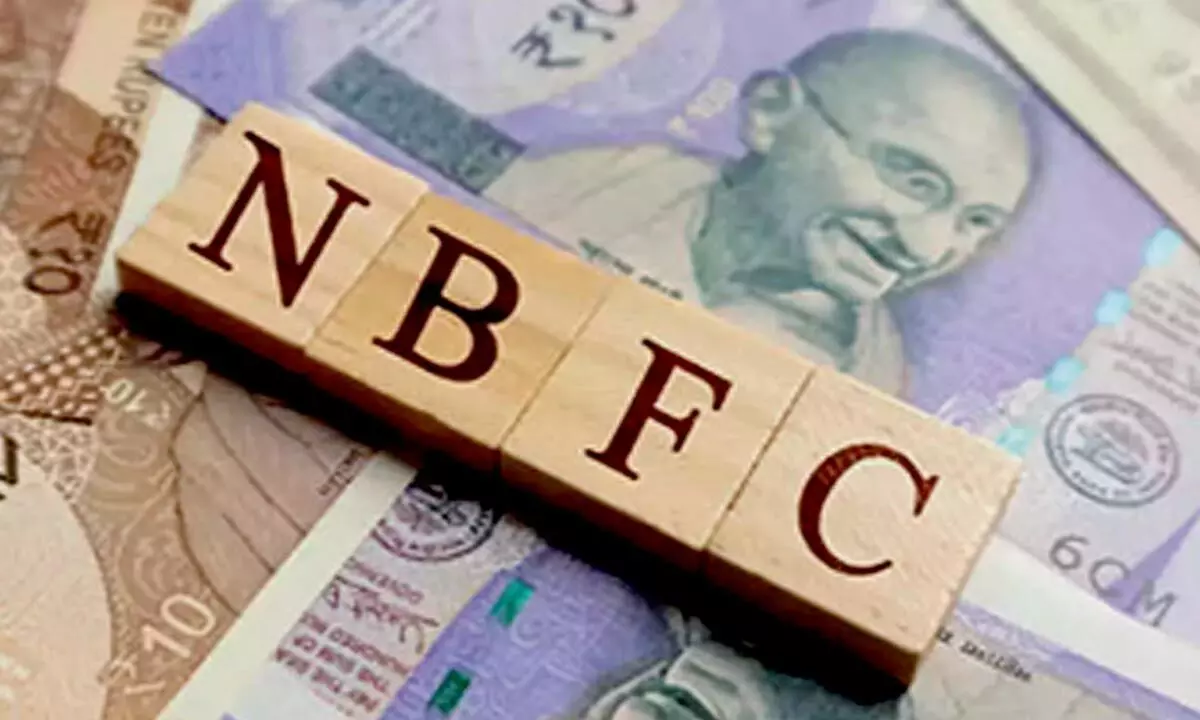NBFCs AUM to grow 11-12% by end of this fiscal: CRISIL
The assets under management (AUM) of the non-banking finance companies (NBFC) to grow 11-12 per cent, a four-year high, to Rs 13 lakh crore by the end of this fiscal, riding on macroeconomic tailwinds, ratings agency CRISIL said.
image for illustrative purpose

Mumbai, Sep 12 The assets under management (AUM) of the non-banking finance companies (NBFC) to grow 11-12 per cent, a four-year high, to Rs 13 lakh crore by the end of this fiscal, riding on macroeconomic tailwinds, ratings agency CRISIL said.
Disruption in business and economic activity amid Covid-19 had constrained AUM growth to 2-4 per cent in fiscals 2020 and 2021, and to 5 per cent in fiscal 2022.
"Even as growth touches double digits again, it will be lower than the pre-pandemic level. Indeed, AUM had logged a 3-year compound annual growth rate (CAGR) of close to 20 per cent through fiscal 2019. Intense competition from banks and the rising interest rate scenario will limit the competitiveness of NBFCs in certain segments, leading them to focus on higher-yield segments for growth," said Krishnan Sitaraman, Senior Director and Deputy Chief Ratings Officer, CRISIL Ratings.
Vehicle finance, which have a highest share in the NBFCs AUM pie, is expected to grow 11-13 per cent this fiscal from 3-4 per cent in the past two years. While, used vehicle financing, with its higher yields, will see higher growth and will drive the NBFC volume in vehicle finance. Improving underlying asset sales will also aid AUM growth in this segment.
"With NBFCs focussing on higher-yield segments, unsecured loans, which have the second-largest share (16-20 per cent) in the NBFC AUM pie, may be the only segment to touch the pre-Covid era growth of 20-22 per cent this fiscal," said Ajit Velonie, Director, CRISIL Ratings.
Unsecured loans comprise consumer loans and business loans to small and medium enterprises (SMEs).
Consumer loans will be supported by rising retail spend across consumer durables, travel, and other personal consumption activities, while business loans will benefit from macroeconomic tailwinds given the expected growth of 7.3 per cent in gross domestic product (GDP) this fiscal.
Loans against property, another product suite of NBFCs catering to SMEs, is also expected to touch 10-12 per cent growth, though competition will keep higher growth at bay in this space, too.
Gold loans are expected to attain their steady state growth rate of 10-12 per cent supported by demand from micro enterprises and individuals.

